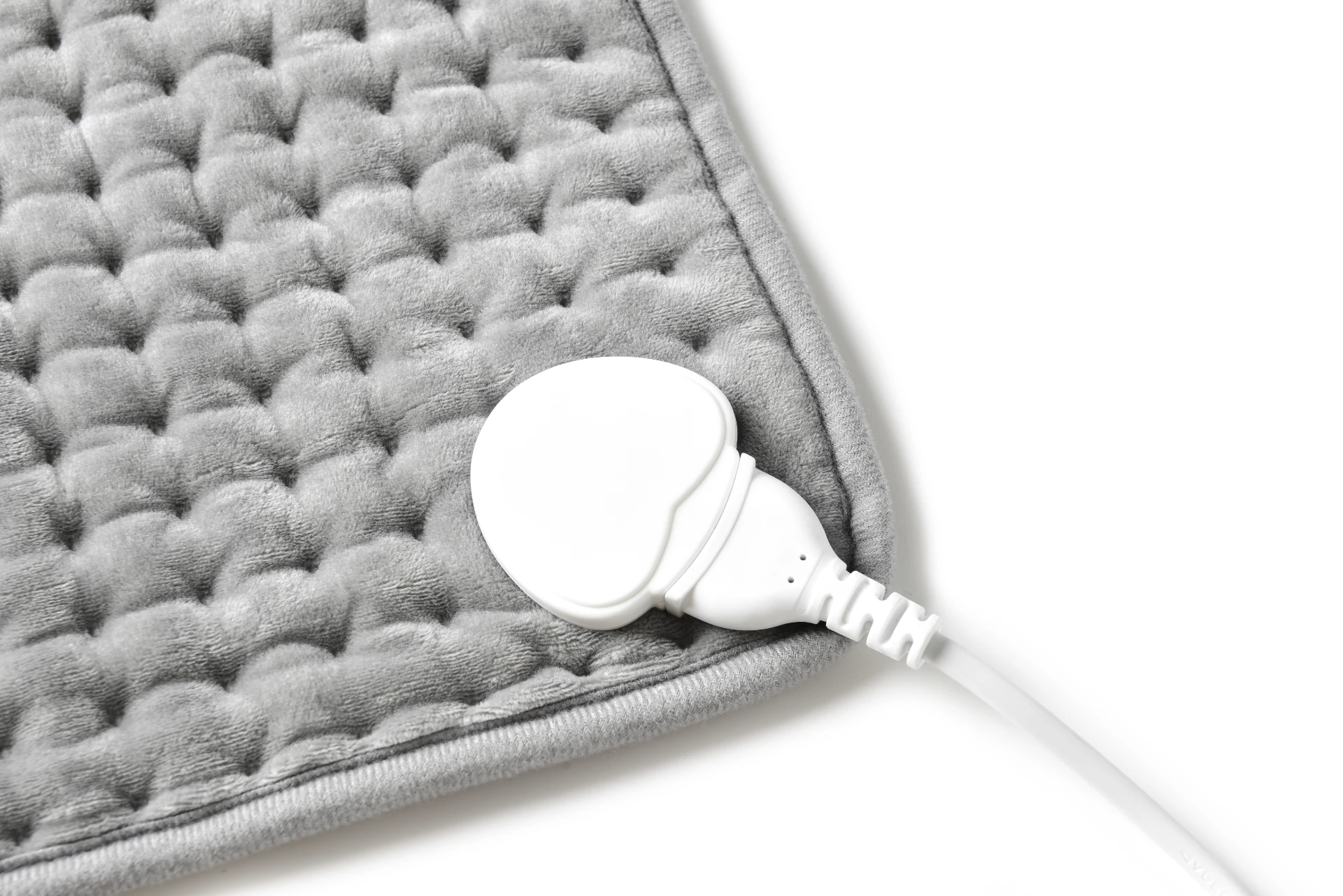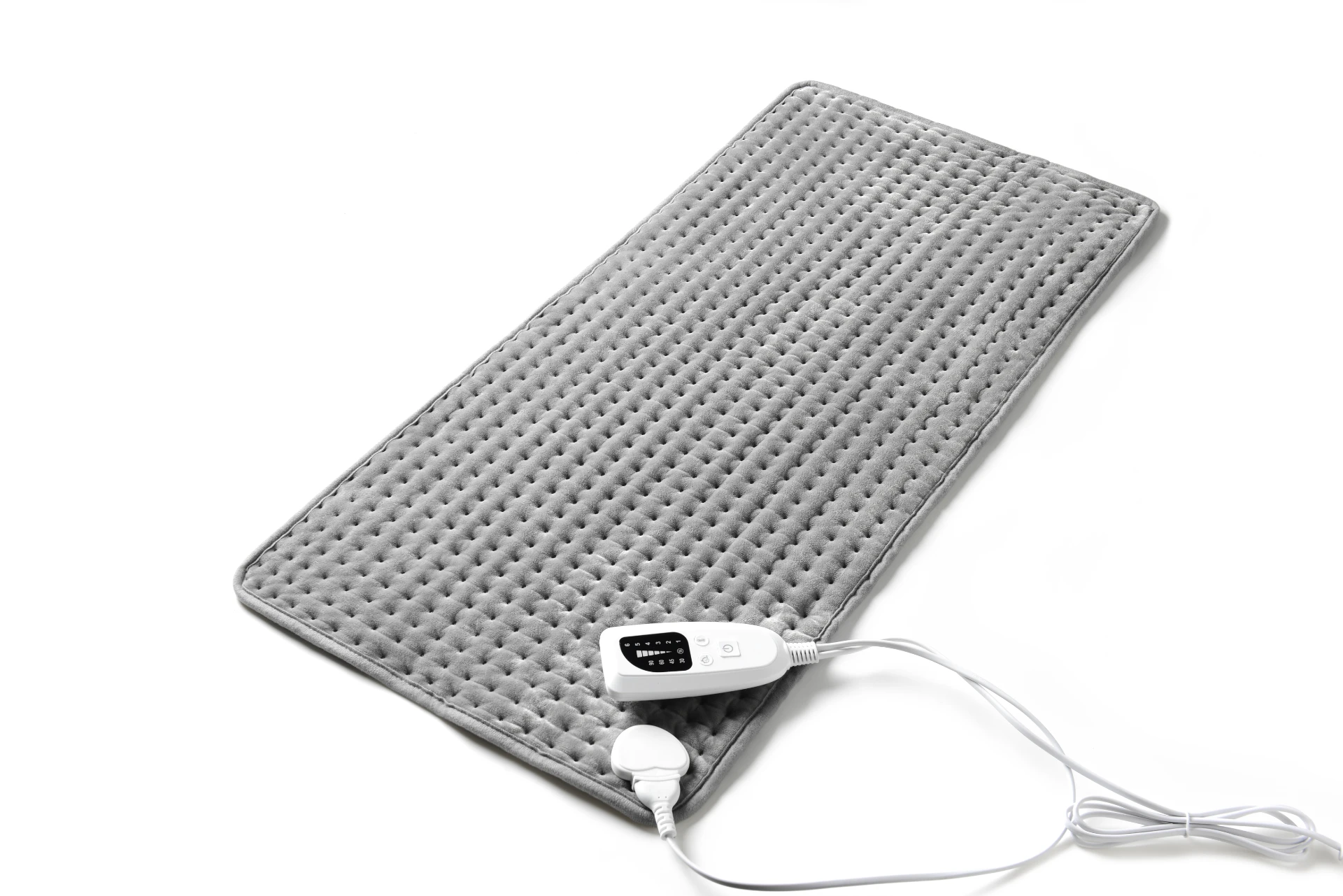
Feb . 18, 2025 11:02 Back to list
Heating Pad
The therapeutic benefits of using a heating pad on the lower back are transformative, particularly for those grappling with chronic pain, tension, or injury-related discomfort. Scientifically, heat therapy is known to improve circulation and blood flow to a particular area due to increased temperature. Increased blood flow can help soften tight muscles and heal damaged tissues. This increased oxygen availability provides a natural healing mechanism for tissues that may have been deprived during an injury.
There's a persuasive argument for the economic efficiency of heating pads as well. The cost factor lends itself to being a sustainable option for many who cannot regularly afford professional physiotherapy sessions or regular appointments with pain specialists. When complemented with recommended exercises or stretching routines—as suggested by physical therapy experts—the effect of the heating pad multiplies, resulting in longer-lasting relief beyond its immediate use. Experientially, the integration of heat therapy can act as a motivator. When distracted by pain, it’s hard to focus on exercise, stretching, or even something as simple as walking. However, temporary relief can function as an enabler—users often report being able to resume exercise routines that were previously impossible due to discomfort. Again, physical therapists vouch for this, emphasizing that while the heating pad itself doesn't serve as the ultimate cure, it grants attendees the respite needed to engage in rehabilitative activities. A noteworthy mention from authoritative studies highlights how heat therapy can mitigate the opioid dependency for pain management. For those seeking alternatives to pharmacological interventions, a heating pad serves as an empowering tool, giving individuals control over their pain management journey as opposed to depending heavily on medication. Trust in a product is often built through personal experience and peer recommendations, but especially through the recommendation of a trusted health professional. According to surveys, users who adopt the use of heating pads often share their experiences, contributing to a holistic community discourse on safe, non-invasive pain management methods. The simplicity, combined with the scientifically backed understanding of heat as a healing element, has enshrined heating pads as credible and effective. As more individuals opt for self-managed health techniques, the role of the heating pad continues to be indispensable, promoting an approachable yet authoritative method for easing lower back pain. While it may seem rudimentary, its efficacy in fostering recovery, improving quality of life, and enabling mobility is both time-tested and endorsed by those who prioritize both experience and expertise in pain management.


There's a persuasive argument for the economic efficiency of heating pads as well. The cost factor lends itself to being a sustainable option for many who cannot regularly afford professional physiotherapy sessions or regular appointments with pain specialists. When complemented with recommended exercises or stretching routines—as suggested by physical therapy experts—the effect of the heating pad multiplies, resulting in longer-lasting relief beyond its immediate use. Experientially, the integration of heat therapy can act as a motivator. When distracted by pain, it’s hard to focus on exercise, stretching, or even something as simple as walking. However, temporary relief can function as an enabler—users often report being able to resume exercise routines that were previously impossible due to discomfort. Again, physical therapists vouch for this, emphasizing that while the heating pad itself doesn't serve as the ultimate cure, it grants attendees the respite needed to engage in rehabilitative activities. A noteworthy mention from authoritative studies highlights how heat therapy can mitigate the opioid dependency for pain management. For those seeking alternatives to pharmacological interventions, a heating pad serves as an empowering tool, giving individuals control over their pain management journey as opposed to depending heavily on medication. Trust in a product is often built through personal experience and peer recommendations, but especially through the recommendation of a trusted health professional. According to surveys, users who adopt the use of heating pads often share their experiences, contributing to a holistic community discourse on safe, non-invasive pain management methods. The simplicity, combined with the scientifically backed understanding of heat as a healing element, has enshrined heating pads as credible and effective. As more individuals opt for self-managed health techniques, the role of the heating pad continues to be indispensable, promoting an approachable yet authoritative method for easing lower back pain. While it may seem rudimentary, its efficacy in fostering recovery, improving quality of life, and enabling mobility is both time-tested and endorsed by those who prioritize both experience and expertise in pain management.
Next:
Latest news
-
Keep Your Furry Friends Warm with Our Pet Electric Blankets
Aug.07,2025
-
Keep Your Furry Friends Cozy with a Pet Heating Blanket
Aug.07,2025
-
Heated Mattress Blankets
Aug.07,2025
-
Experience Unmatched Comfort with Electric Blanket Double
Aug.07,2025
-
Warm Winter: The Perfect Choice For A Cozy Electric Blanket
Aug.07,2025
-
Discover the Comfort of Heating Pads for Relief and Relaxation
Aug.07,2025
Realted Products
Copyright © 2025 All Rights Reserved. Sitemap | Privacy Policy



